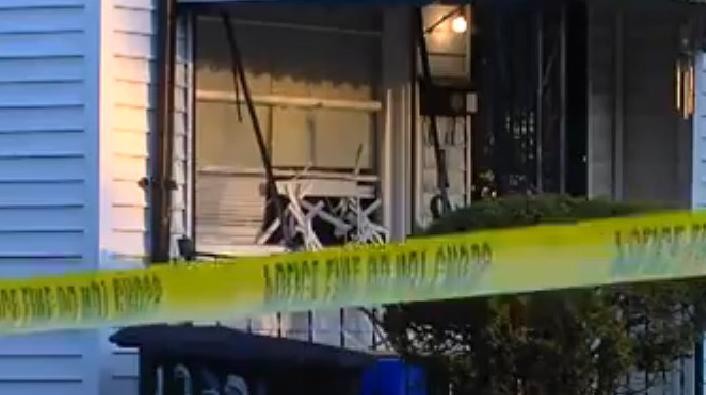

A hostage situation could last for hours or days.

The police will not proceed immediately into the situation but will surround the area and attempt to set up negotiations with the hostage taker. The police response to this situation is different than an active shooter. Police will respond and attempt to communicate with the hostage taker(s). The hostage taker is holding people against their will. The hostage taker is not actively killing or injuring people. Please cooperate with the police.Ī hostage situation is one in which a person(s) takes control over another person(s), is demanding some type of action and not allowing the person(s) being held to leave. Police may ask for your statement of what you heard and observed. The police usually will not let anyone leave until the situation is completely under control.
Keep in mind that once you are in a safe location, the entire scene is a crime scene. First responding officers are trained to proceed as quickly as possible to the gunfire and to stop the shooter(s). Also be aware that the first responding police officers will not stop to assist injured people. If possible, tell the officers where the shooter(s) was last seen and a description of the shooter(s). Do as the officers direct you and keep your hands visible at all times. Officers may be in plainclothes, patrol uniforms or SWAT Uniforms armed with long rifles, shotguns and handguns. Police are trained to proceed as quickly as possible to the sound of the gunfire their purpose is to stop the shooter(s). What you should expect from law enforcement responding to an active shooter: Use this information and review the training video so that you can develop your plan. When an emergency happens, it's natural for people to panic, and to avoid panicking we have to have some sort of a plan. #Detroit the hostage swat ingered how to#
Nationally, active shooter situations do not occur often on college campuses, but we know all too well that the possibility exists and it is important to know how to respond. If you are with others, work together to stop the threat. Fight! As a last resort and only if your life is in immediate danger, should you attempt to disrupt or incapacitate the active shooter by acting as aggressively as you can.Cover will hide you and may stop a bullet, such as concrete and steel. Concealment - Concealment may hide you but cannot stop a bullet, such as curtains.

Call 911 to alert authorities to the situation and possibly to the active shooter's location. Silence your cell phone and remain quiet. If you are in a building, find a room where you can lock and barricade yourself inside using any equipment or furniture items.
Hide! If evacuation is not possible, find a place where the active shooter is less likely to find you. Evacuate immediately, save yourself, and help others if possible. Run! Get away from the threat, leave your belongings behind. If you ever find yourself in an active violence/active shooter situation, the simplest thing to remember is Run, Hide, Fight! If you find yourself involved in an active shooter situation, try to remain calm and use the following guidelines as a strategy for survival. How one responds at an active shooter situation will be determined by the specific circumstances of the encounter. These situations are dynamic in nature and require immediate action by law enforcement personnel to stop the shooter. These situations have happened in schools, shopping malls, businesses, streets, and other public venues. In-person training can be requested via this Google Form.Īccording to the FBI, an active shooter is an individual actively engaged in killing or attempting to kill people in a populated area. This video is intended to provide guidance to students, faculty, staff, and visitors who may be caught in an active violence or active shooter situation.įaculty, staff, and students should check their emails to complete the required online training if they have not done so already. This training was created because the University of Notre Dame places a priority on everyone's safety. It is everyone's responsibility to know what to do and how to react. Emergency situations are unpredictable and unfold quickly.







 0 kommentar(er)
0 kommentar(er)
